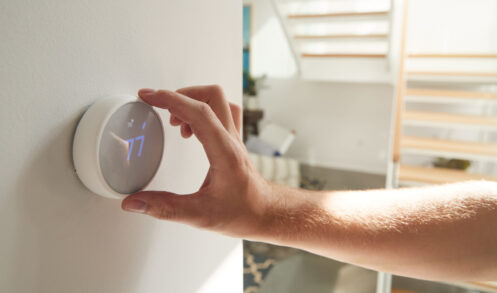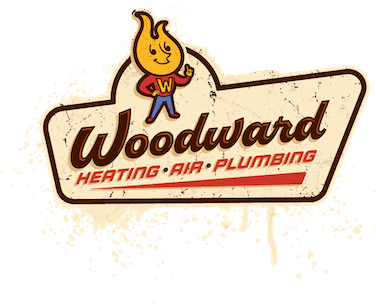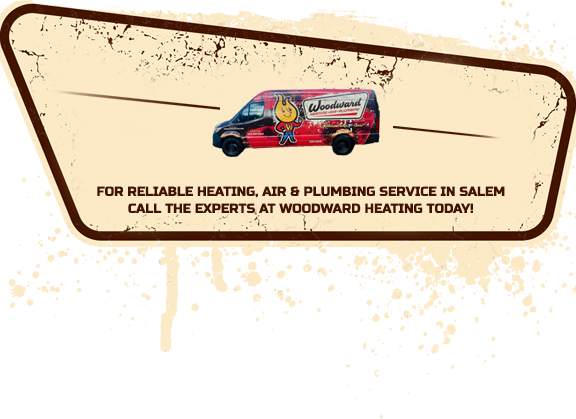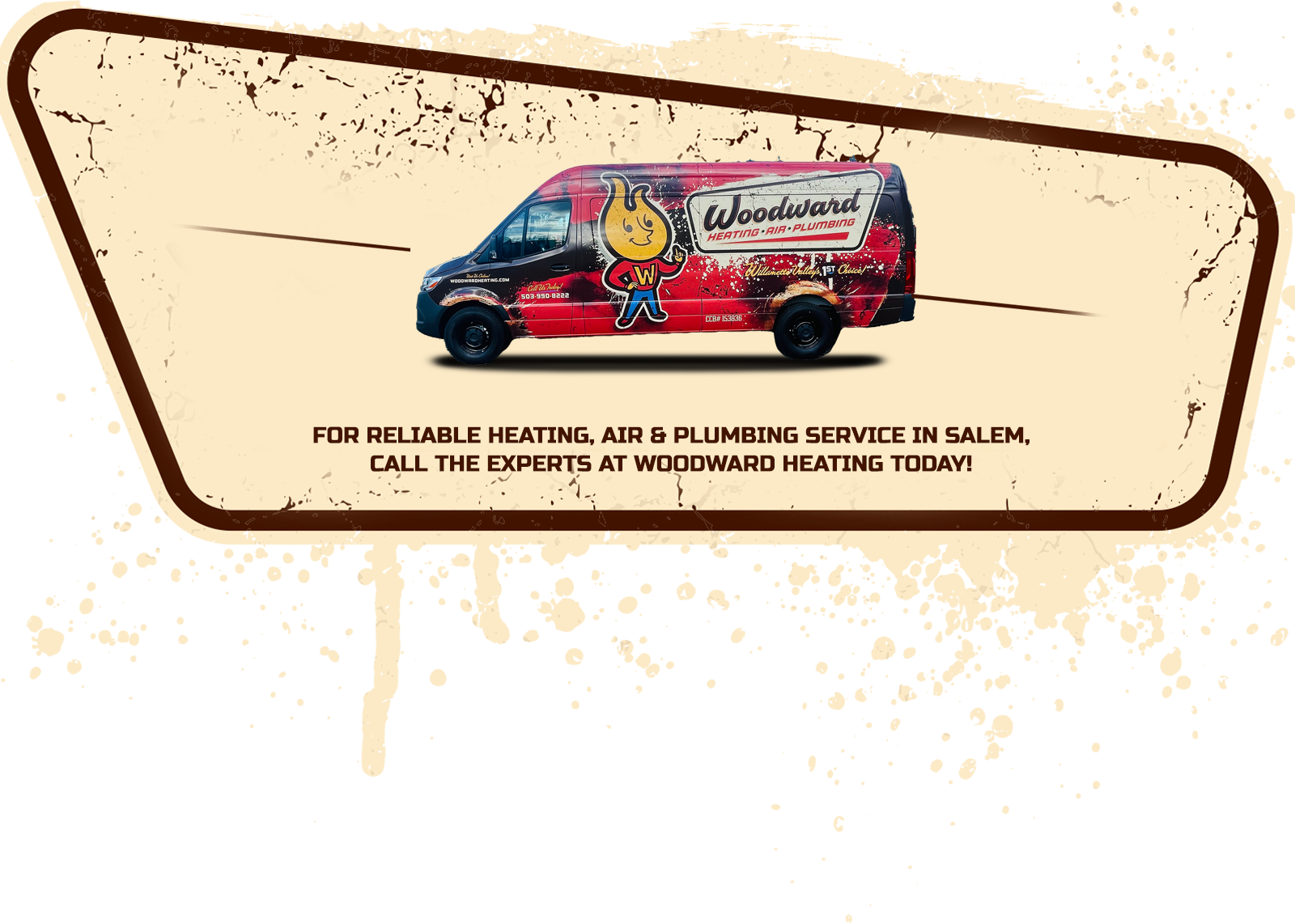
Humidity is a natural and needed part of the air, helping keep things moist, and weighing down airborne contaminants so they drop from the air. However, uncontrolled humidity is problematic for your HVAC system, comfort, and health. Use this guide to understand the ideal indoor humidity, four ways poorly controlled humidity affects your HVAC efficiency, signs of high or low humidity and how to better control your home’s humidity throughout the year.
What Is Humidity and What Is the Ideal Indoor Humidity?
Humidity is the moisture that’s naturally part of the air. It’s typically measured in relative percentage because the actual amount of moisture the air can contain depends on the temperature. The warmer the air is, the more moisture it can hold. When you hear that humidity is at 78%, that means the air currently contains 78% of the maximum amount it can hold before it starts condensing. According to the Environmental Protection Agency, the ideal indoor humidity is between 30% and 50%.
1. Impacts on Heat Transfer
Your home’s HVAC system heats and cools your home by transferring heat. In the winter, it transfers heat into the house either through a furnace that burns fuel to produce heat or through a heat pump that absorbs heat outside and distributes it to the air inside. Water does not transfer heat as easily as air, especially when you’re trying to remove heat. This means that when there’s higher humidity, it’s harder for your air conditioner to pull heat from the air and cool your home. Additionally, excess moisture in your home can cause more moisture to condense from the air and can cause the evaporator coil to freeze, further inhibiting heat transfer.
2. Reduced Indoor Air Quality
Humidity has a direct effect on indoor air quality, both if it’s too high or too low. Too little moisture in the air causes things in your home to dry out and release additional particles. Further, the particles in the air dry out so they weigh less and stay airborne longer.
Humidity that’s too high creates an environment where certain contaminants, like spores, can propagate in your home. Examples of spores include mold and mildew which can be both a nuisance and a major health issue depending on the contaminant.
The worse your air quality is, the more it drives down your HVAC system’s efficiency. More airborne contaminants cause the air filter to clog more quickly, restricting airflow through the system. With too little airflow, the HVAC system can’t heat or cool air effectively or properly circulate the air it has conditioned.
3. Less Comfortable Air
Poorly managed humidity can cause your home to feel muggy. In hot weather, excess humidity makes the air feel warmer. This means you may return to the thermostat more often to lower the temperature, trying to get more relief. Unfortunately, humidity makes you sweat, which is part of what makes it feel uncomfortable. The greater the difference between the thermostat setting and the air outside, the longer the heating and cooling cycles become and the more the system’s efficiency drops.
4. Increased Energy Consumption
Humidity can drive up the amount of energy your system consumes. On the surface, this increased consumption is the result of extending heating and cooling cycles. However, other factors can drive up the amount of energy the system consumes. Humidity on its own can lower electrical resistance, allowing too much current to pass through a circuit. This can cause it to overheat, which accelerates the wear on the system.
Further, excess humidity can cause more corrosion on the wiring, especially at electrical connections, increasing the electrical resistance at these points. Additional resistance requires more energy to push the current through the area. Finally, excess humidity can cause condensation in areas that aren’t intended to have more than atmospheric moisture, which can lead to additional energy consumption, shorts and tripped breakers.
Signs of High Humidity
There are key signs that you have improperly managed the humidity in your home. First, consider whether it feels muggy when your AC is running. Next, look at the areas around your supply vents and whether they are moist when your air conditioner runs. Excess humidity may cause your windows to fog up, especially over the winter when temperatures drop overnight. You may also notice the wood warping and paint around your home peeling.
High humidity can cause health issues, too. You may notice an increase in allergy or asthma symptoms and that people in your home are generally sick. All of this happens because of additional airborne contaminants, especially bacteria, spores and viruses.
Signs of Low Humidity
Low humidity is as problematic as high humidity, drying things out in your home. This can cause wood, leather and paint to crack and peel. It also causes eye, nose and throat irritation, especially at night. Worse, low humidity can cause skin to dry out, crack and bleed. People may notice more static around the house, either through shocks as they touch surfaces or with dust and hair clinging to their clothes and other surfaces.
How to Manage Your Home’s Humidity
Fortunately, there are plenty of ways to manage your home’s humidity. The approaches you use may depend on the season and the specifics of your home. The humidity around Salem is generally pretty high and the concern is usually how to reduce high humidity rather than needing to treat dry air.
Whenever possible, improve the ventilation in your home. The best way is to open your windows during the less humid parts of the day to draw in cooler and dryer air while venting the more humid air. Use your home’s mechanical ventilation when appropriate as well. Whenever you’re bathing or cooking, use the ventilation fans in the room, allowing them to run for about 30 minutes after you’re done to finish removing excess moisture.
Also, consider when you do tasks that add to your home’s humidity. Try to save those tasks for the cooler morning or evening periods, especially over the hotter months.
Finally, consider whether you need to add a dehumidifier to your home. There are small units you can use in especially problematic areas. If you purchase a unit, be sure to keep an eye on the storage tank and empty it frequently. If you’re using the drain line, make sure it either has a condensate pump or that the line is running down from the unit. This will allow gravity to pull the condensate from the unit to the drain. If you need more humidity control throughout your home, consider adding a whole-house dehumidifier. This is part of your HVAC system and pulls humidity from the air before it flows to the evaporator coil or heat exchanger.
Our Experts Can Help With Your Indoor Humidity Problems
Since 1989, homeowners around Salem have turned to Woodward Heating Air Plumbing to keep their pipes working well and their homes comfortable. Our team provides heating and cooling maintenance, AC repair and installation together with a wide range of residential plumbing services. Our plumbing services include water heater installation and repair, draining cleaning and repair, water line repair and replacement, water treatment options and plumbing camera inspections.
Call to schedule a consultation with one of our indoor air quality experts to evaluate your home’s humidity and the best options for managing it.






